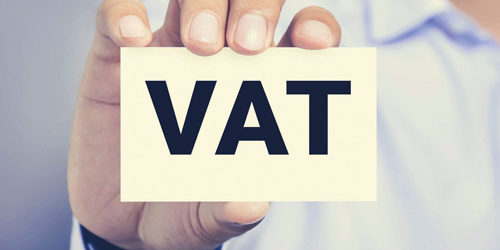
Our recent experience from working with clients is a reminder that a regular review of procedures is prudent.
Issues we’ve found on imports have included:
Temporary Admissions relief procedures not being precisely followed, with VAT and Duty due on the goods temporarily imported.
An imprecise approach by agents in the description and thus classification of products, leading to an overpayment of Duty.
The wrong company’s VAT number quoted on import documentation, meaning that C79 certificates – necessary for the recovery of import VAT by UK registered businesses – were unavailable.
Thankfully, we have resolved most of the above. In the first situation, we persuaded HMRC that procedural errors were not of such significance to deny the admissions relief. In the second instance, we reviewed classifications and made claims for three years’ worth of overpaid Duty, which was certainly a positive outcome for our client!
The way to avoid issues here is relatively straightforward. Do challenge the Duty classification every so often, particularly at least every three years, as otherwise claims will fall out of time. Needless to say, to benefit from reliefs or to reclaim VAT on imports, the correct paperwork and procedures must be followed.
Looking at exports, we have seen an unusual frequency of challenges lately from HMRC, largely based on evidence held to support zero-rating of exports, as well as for intra-EU dispatches. Perhaps it is the excitement of Brexit in 2019 that has reinvigorated their focus on procedures and proof? Whatever the reason, ensuring your internal checks are in place is prudent.
In cases where the customer’s forwarding agent has dealt with ‘indirect exports’, we have seen inadequate descriptions of goods on certificates of shipment, or a lack of evidence available within the three months allowed to acquire such proof.
With this in mind, businesses should note that HMRC’s public notice, in describing proof of export, actually does have the force of law. It states that whether official or commercial evidence of export is retained, this must clearly identify who the supplier is, the consignor (if different), the customer, the specific goods, an accurate value, the export destination, the mode of transport used and the route the goods will take. The public notice continues: “Vague descriptions of goods, quantities or values are not acceptable…”
The result of not retaining adequate evidence is that HMRC will assess for 20% VAT even if evidence is subsequently provided to them on request. Their guidance indicates that businesses may reclaim the VAT in the period when evidence is held, but this will not cure the cash flow issue, interest being due and most importantly, penalties which may apply and typically be up to 30% for ‘careless errors’.
If these issues were not enough, we also note the recent Tribunal case of Open Safety Equipment Ltd, which sells and distributes scuba diving apparatus. In this case, HMRC assessed for VAT due on exports due to a lack of evidence but it was found that there had simply been a misunderstanding. The business had treated its sales of goods, involving shipments to and from countries entirely outside the EU as zero-rated, as though they were exports. Instead, they should have been treated as transactions that were ‘outside the scope of UK VAT’. A potentially easy error to make, but an error all the same.
Ensuring your imports and exports procedures and paperwork are correct and in order can be challenging, so it certainly bears fruit to get the right advice and review regularly in case of an HMRC visit, or any change to HMRC rules or legislation.






